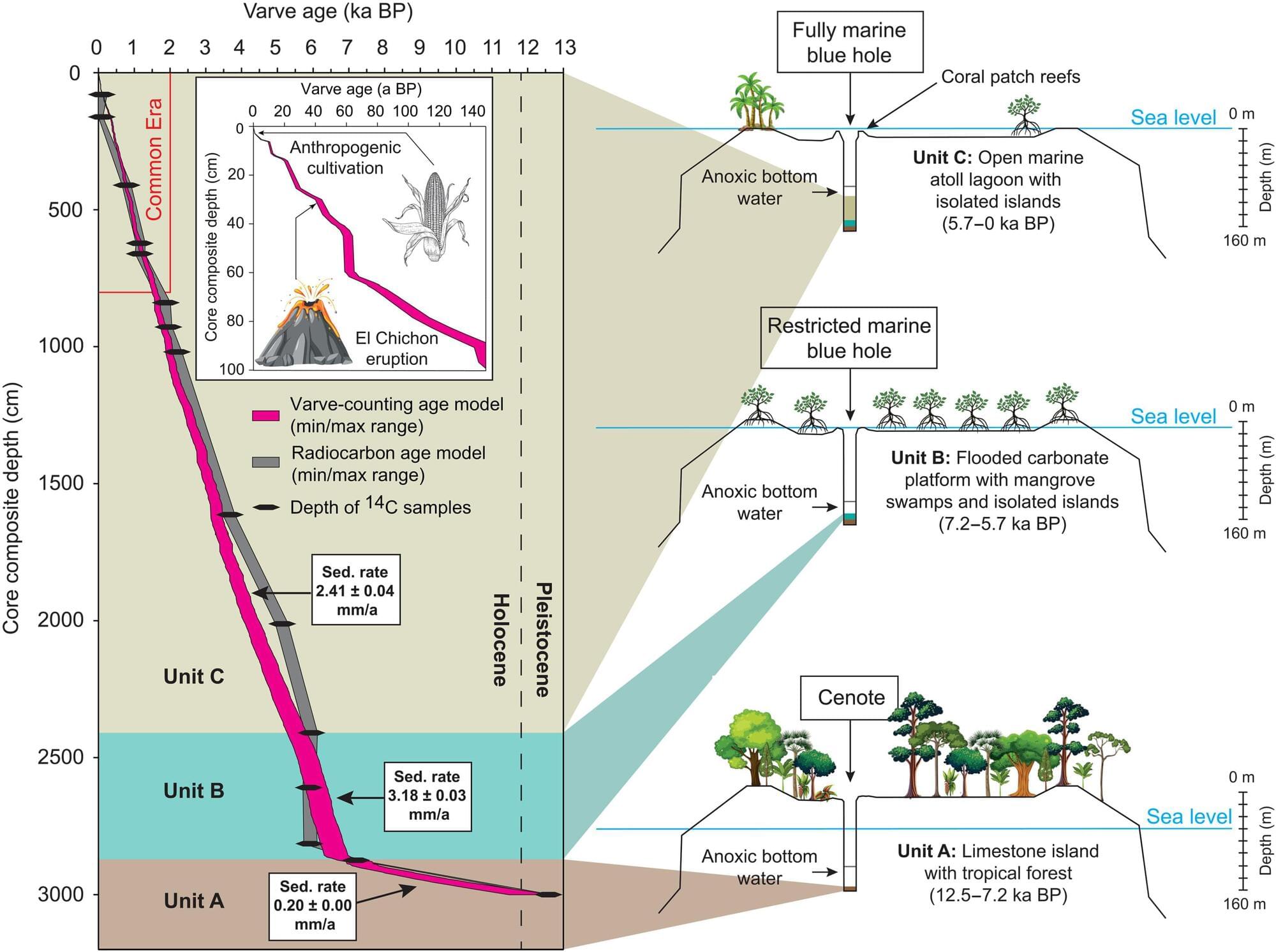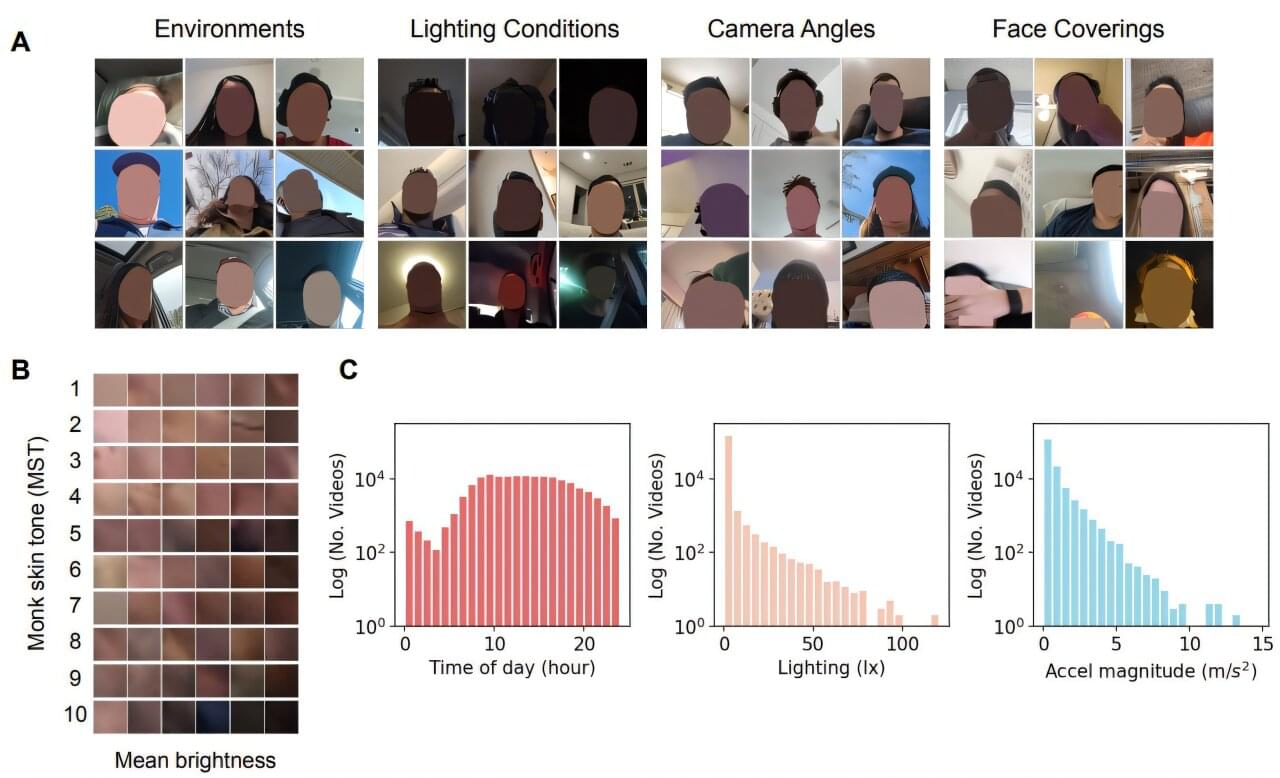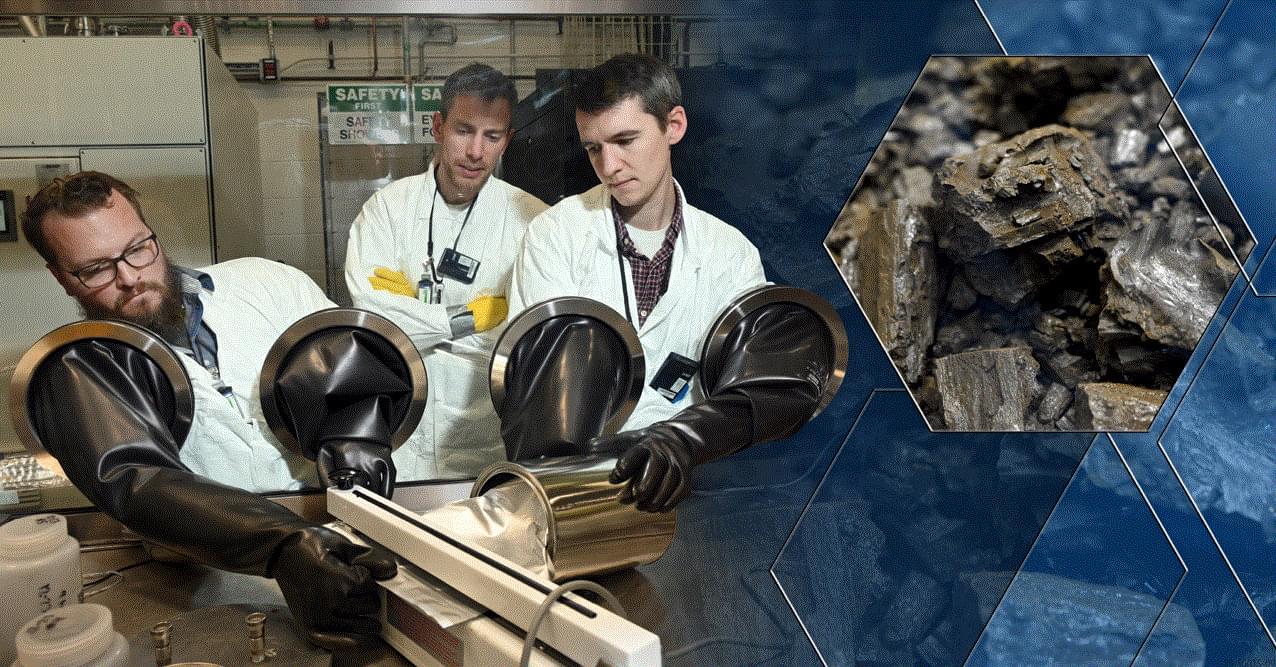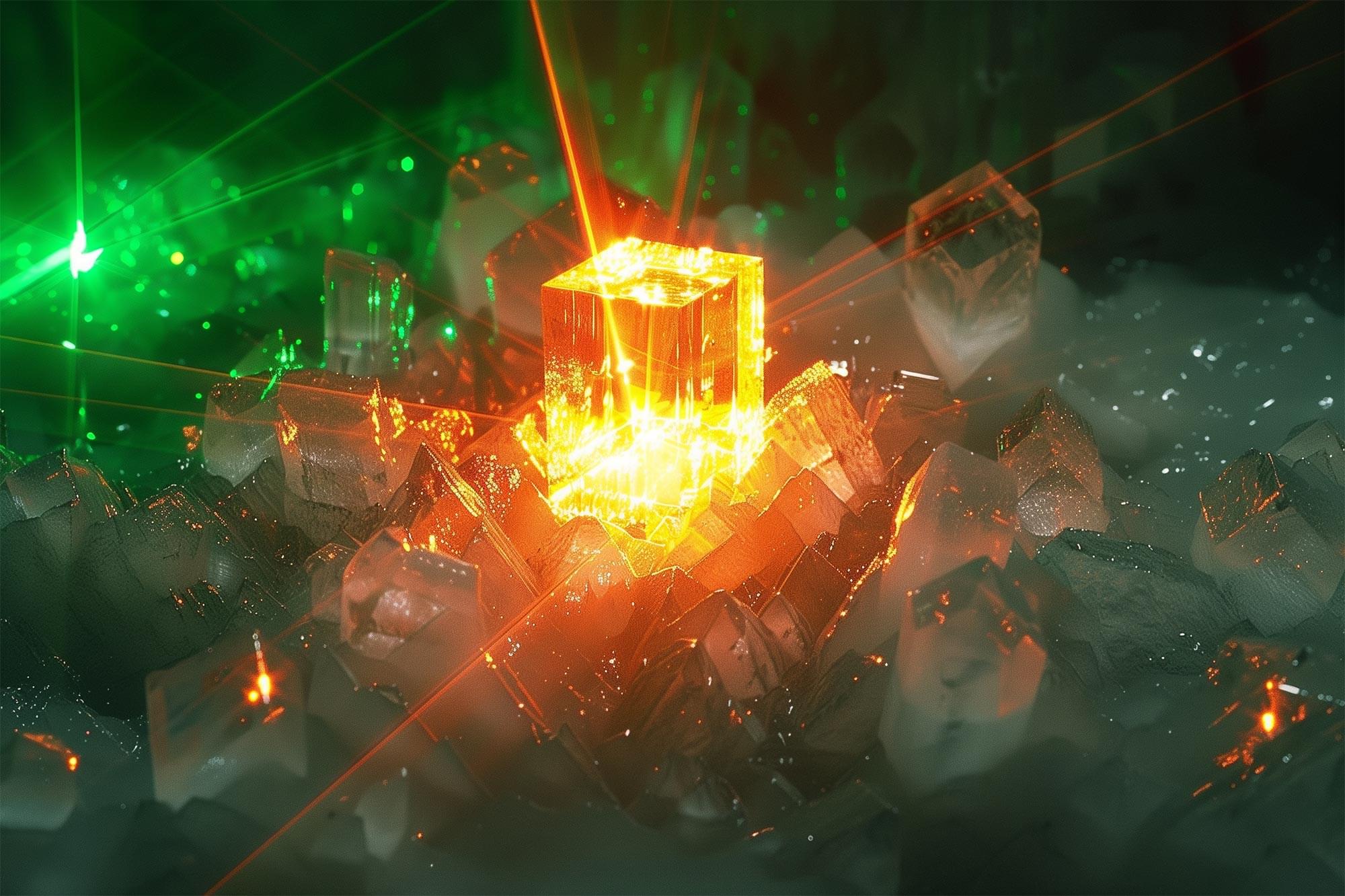Obstacles include local regulations, fisheries and China’s military posturing.
Tim Daiss



Physicists have measured a nuclear reaction that can occur in neutron star collisions, providing direct experimental data for a process that had previously only been theorized. The study, led by the University of Surrey, provides new insight into how the universe’s heaviest elements are forged—and could even drive advancements in nuclear reactor physics.
Working in collaboration with the University of York, the University of Seville, and TRIUMF, Canada’s national particle accelerator center, the breakthrough marks the first-ever measurement of a weak r-process reaction cross-section using a radioactive ion beam, in this case studying the 94 Sr(α, n)97 Zr reaction. This is where a radioactive form of strontium (strontium-94) absorbs an alpha particle (a helium nucleus), then emits a neutron and transforms into zirconium-97.
The study has been published in Physical Review Letters.

Using a sediment core taken from the Great Blue Hole off the coast of the Central American state of Belize, researchers from the universities of Frankfurt, Cologne, Göttingen, Hamburg and Bern have analyzed the local climate history of the last 5,700 years.
Investigations of the sediment layers from the 30-meter-long core revealed that storms have increased over the long term and that tropical cyclones have become much more frequent in recent decades. The results were published under the title “An annually resolved 5700-year storm archive reveals drivers of Caribbean cyclone frequency” in the journal Science Advances.
The Great Blue Hole is up to 125 meters deep and approximately 300 meters wide, situated in the very shallow Lighthouse Reef, an atoll off the coast of Belize. The hole was formed from a stalactite cave that collapsed at the end of the last ice age and then became flooded by the rising sea level as a result of the melting of the continental ice masses.

A team of medical researchers and engineers at Google Research has developed a way to use the front-facing camera on a smartphone to monitor a patient’s heart rate. The team has published a paper on the technology on the arXiv preprint server.
Tracking a patient’s heart rate over time can reveal clues about their cardiovascular health. The most important measurement is resting heart rate (RHR)—people with an above-normal rate are at a higher risk of heart disease and/or stroke. Persistently high rates, the researchers note, can signal a serious problem.
Over the past several years, personal health device makers have developed wearable external heart monitors, such as necklaces or smartwatches. But these devices are expensive. The researchers have found a cheaper alternative—a deep-learning system that analyzes video from the front-facing camera of a smartphone. The system is called PHRM.

OSAKA — A Japanese research team is making progress on the development of a groundbreaking medication that may allow people to grow new teeth, with clinical trials set to begin in July 2024.
The tooth regrowth medicine is intended for people who lack a full set of adult teeth due to congenital factors. The team is aiming to have it ready for general use in 2030.
In prior animal experiments, the medicine prompted the growth of “third-generation” teeth following baby teeth and then permanent adult teeth.
S dream. I.

We often never hear of many inventions, which is why Lifeboat is good at informing people.
Gregorio Zara (March 8, 1902–October 15, 1978) was a Filipino scientist best known as the inventor of the videophone, the first two-way electronic video communicator, in 1955. All told, he patented 30 devices. His other inventions ranged from an alcohol-powered airplane engine to a solar-powered water heater and stove.
Filipino scientist Gregorio Zara won 30 patents for his inventions, which included the first videophone and many breakthroughs in aeronautics.

After five years of trying to find the right ingredients, scientists at the Idaho National Laboratory (INL) believe they have created the perfect recipe to fuel the world’s first critical fast-spectrum molten salt reactor.
The Molten Chloride Reactor Experiment (MCRE) at INL will test a new type of nuclear reactor that uses a mixture of molten chloride salt and uranium as fuel and coolant. This experiment allows researchers and scientists to evaluate the safety and physics of a molten chloride fast reactor that Southern Company and TerraPower plan to build.
This type of advanced reactor is an attractive option to provide electricity and heat for communities and industry. They operate at higher temperatures for improved efficiency, potentially reduced waste generation and inherent safety features due to the liquid fuel design.

In today’s AI news, all eyes will be on Nvidia’s GPU Technology Conference this week, where the company is expected to unveil its next AI chips. Nvidia CEO Jensen Huang said he will share more about the upcoming Blackwell Ultra AI chip, Vera Rubin platform, and plans for upcoming products at the annual conference, known as the GTC, during the company’s fourth quarter earnings call.
In other advancements, after decades of relying on Google’s ten blue links to find everything, consumers are quickly adapting to a completely new format: AI chatbots that do the searching for them. Adobe analyzed “more than 1 trillion visits to U.S. retail sites” through its analytics platform, and conducted a survey of “more than 5,000 U.S. respondents” to better understand how people are using AI.
Meanwhile, Barry Eggers, Co-Founder and Managing Partner at Lightspeed Venture Partners, is a luminary in the venture capital industry. As the AI landscape continues to evolve, Barry discusses the challenge of building defensible AI startups. Beyond just access to models, AI startups need differentiated data, network effects, and unique applications to maintain a competitive edge.
Re thinking of starting a new business and need advice on what to do, your first move should be turning to an AI chatbot tool. That t answer who won the Oscars last year? IBM Fellow, Martin Keen explains how RAG (Retrieval-Augmented Generation) and CAG (Cache-Augmented Generation) address knowledge gaps in AI. Discover their strengths in real-time retrieval, scalability, and efficient workflows for smarter AI systems. + s Gemini 2.0 about to revolutionize image generation and editing? In this video, Tim is diving deep into Google We close out with, Anthropic researchers Ethan Perez, Joe Benton, and Akbir Khan discuss AI control—an approach to managing the risks of advanced AI systems. They discuss real-world evaluations showing how humans struggle to detect deceptive AI, the three major threat models researchers are working to mitigate, and the overall idea of controlling highly-capable AI systems whose goals may differ from our own.
Thats all for today, but AI is moving fast — subscribe and follow for more Neural News.
(https://open.substack.com/pub/remunerationlabs/p/nvidia-is-a…Share=true)

Physicists at Washington University have forged ahead in the field of quantum mechanics by creating a new phase of matter known as “time crystals” and the even more advanced “time quasicrystals.”
These groundbreaking materials defy traditional physics by maintaining perpetual motion and could revolutionize quantum computing.
Performing computation using quantum-mechanical phenomena such as superposition and entanglement.